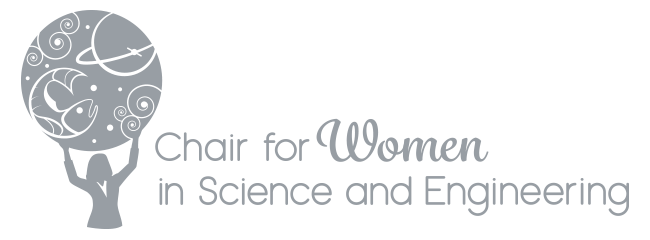“My #AeroPassion is making the seemingly impossible possible.”
Julie's Biography
Originally from Ottawa, I graduated from a science enrichment program in high school which led me to study engineering at the University of Toronto (BASc Engineering Science – Aerospace, 2003). During my Professional Experience Year (PEY) at MDA Robotics and Automation, I discovered a love of mechanical design. After graduation, I returned to MDA and have spent most of my career there, where I have had the opportunity to work as mechanical design engineer on a variety of projects from space vision systems to robotic servicing to lunar and Mars rovers.
My current position is Lead Mechanical Designer for the Bogie Electro-Mechanical Assembly for the European Space Agency (ESA) 2018 Exomars Rover. My role is to progress and manage the mechanical design from concept to manufacturing, including all CAD models and all part, assembly and interface drawings. It is also my responsibility to ensure the final mechanical design meets all requirements and constraints placed by the customer.
MDA Robotics and Automation has been a leader in the advancement of robotics in space. They have enabled human spaceflight by assembling space infrastructure, supporting spacewalks and safe berthing of space vehicles. They push the boundaries of space exploration by developing vision systems, robotic arms and mechanisms for rovers, and planetary science instruments.
No two projects are the same and I love that. Every problem offers new challenges and requires more creative solutions. It’s like solving puzzles for which you cannot tell what the final result is supposed to look like; you need to create it.
Early in my career, I was thrilled to be part of a team that was working towards a mission to robotically service and repair the Hubble Space Telescope (HST). The project presented some great challenges since the HST was never meant to be serviced by anything other than astronauts. But, with each successful new working prototype that was tested on a life-size model of the HST, there was a palpable excitement in the office that we could achieve a viable solution. Sadly, the program was canceled but it remains the one from which I learned the most.
I can only hope that it inspires people to be curious about the world around them.
I wish for more women to be involved in aerospace and hopefully take on leadership positions within the industry. The future in space exploration and development will require creative and inspired solutions to put forward renewable projects that balance corporate interests with scientific advancement. To accomplish that, multiple perspectives will need to come together and I believe women need to play a significant role in making that happen.
The best piece of advice came when I was a junior engineer on a day where I had to tell our Chief Engineer that I had made a mistake that could have put an end to the project. He saw me standing defeated in the hallway at the end of the day and told me that ‘if you aren’t finding mistakes, then you aren’t working hard enough’. That has stuck with me on every project since. It taught me to always double check the work, forgive the mistakes, focus on the way forward and take note of the lesson to be learned.


